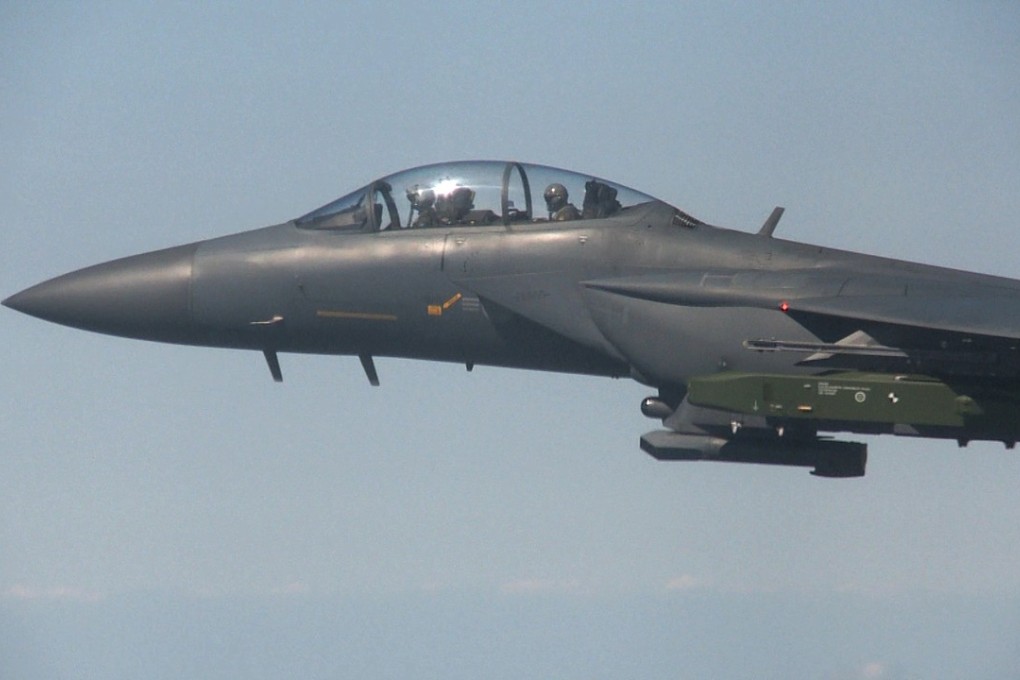South Korea scrambles jets to intercept Chinese warplane in its air defence territory
Fighters sent to track Chinese military aircraft flying over disputed territory

South Korea summoned a Chinese embassy official to lodge a complaint over a Chinese military aircraft flying in the South’s air defence territory on Friday.
South Korea scrambled fighter jets to intercept a Chinese plane when it entered the Korean air defence identification zone (ADIZ), the country’s Joint Chiefs of Staff (JCS) said in a statement.
The Chinese aircraft spent more than four hours in the ADIZ after flying near a submerged rock in the area controlled by Seoul but claimed by Beijing, the statement said.
South Korea’s air dorce sent F-15K fighter jets to track and warn the Chinese aircraft to leave, it said.
South Korea’s defence ministry said it called in Du Nongyi, a military attaché at the Chinese embassy in Seoul, and “sternly” urged China to take steps to prevent the incident from recurring.